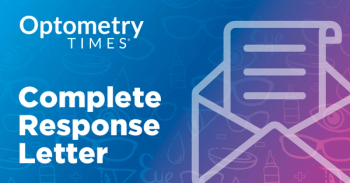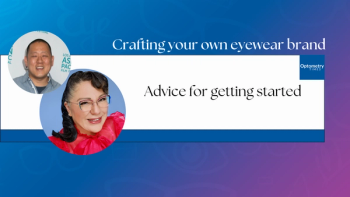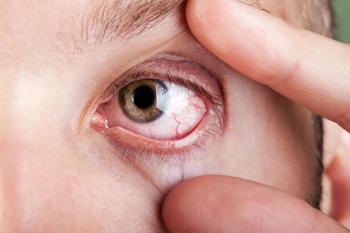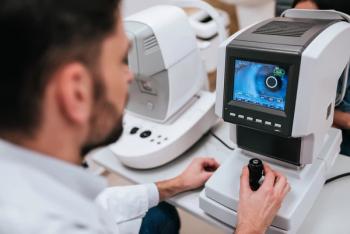
G360 2025: Objective perimetry with Dr Robert Stamper
Robert L. Stamper, MD, overviews his optometric track talk titled Objective Perimetry - Can you see it? at this year's Glaucoma 360 meeting.
The current method of measuring visual function in the periphery, automated perimetry, is subjective, time-consuming, and often uncomfortable for patients. Robert L. Stamper, MD, proposed 2 alternatives during his optometric track presentation: virtual reality and pupil constriction detection. Virtual reality uses head movements to track visual field stimuli, offering a more comfortable experience and reducing the need for patient decision-making. Pupil constriction detection, which measures the micro-constriction of the pupil, also eliminates the need for patient input and can complete a full visual field test in seven minutes, compared to the usual 20 minutes. Both methods show promise but require further investigation before widespread adoption.
Video Transcript:
Editor's note: The below transcript has been lightly edited for clarity.
Robert L. Stamper, MD:
Our current method of measuring visual function in the periphery is right now limited to very subjective standard automated perimetry is what's used pretty much universally. This is tiring, irritating, uncomfortable, and unpleasant for, I would say, 95% of patients. They don't like doing it. It's the one test in all of ophthalmology that they love to hate. If we could eliminate both the physical discomfort, the time consuming aspect, the irksome aspect of it, the concentration that's required of some older people who may not have that degree of concentration ability, we could improve both their experience but also the data that we collect, and maybe be able to detect progression sooner, be able to do the test more often.
So there are 2 approaches right now to get this to a more comfortable testing situation. One is with virtual reality, and I will demonstrate 1 type of virtual reality in which the device reads the head movements as lights appear in different parts of the visual field. So it takes the patient decision a little bit out of the equation, and the patient can be seated in any place that's comfortable for them. It's just an off-the-shelf virtual reality headset that's required. Another approach is something that uses the pupil constriction, the micro constriction of the pupil, to detect when a patient has seen a stimulus. So the patient doesn't have to think about it at all, no buttons to push. And that can be done, for example, you can get a full visual field in 7 minutes with both eyes, whereas normal visual field testing takes 20 minutes or thereabouts for both eyes. So it's a more comfortable time frame for patients. They don't have to make the decision, "Did I see it or didn't I see it?" because the brain automatically makes that decision for them, and there's much less delay in answering the question, "Did I see it?" And then, "Oh, I better push the button." All of that takes time. So this device can give many more stimuli in a shorter period of time. With a more comfortable test, you can do it more often, doesn't require as highly trained a technician to supervise it. And with both of those kinds of tests, I think they show promise, but we still need further investigation to be sure that they're ready for prime time.
Newsletter
Want more insights like this? Subscribe to Optometry Times and get clinical pearls and practice tips delivered straight to your inbox.













































